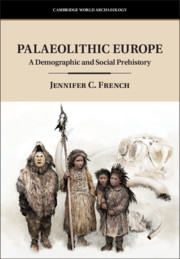While some species of parasites can be identified to species level from archaeological remains using microscopy (i.e. Enterobius vermicularis, Clonorchis sinensis), others can only be identified to family or genus level as different species produce eggs with similar morphology (i.e. Tænia sp. and Echinococcus sp.). Molecular and immunological approaches offer the possibility to provide more precise determination at the species level. They can also identify taxa when classic parasite markers such as eggs or cysts have been destroyed over time. However, biomolecules can be poorly preserved and modern reference DNA is available only for a limited number of species of parasites, leading to the conclusion that classic microscopic observation should be combined with molecular analyses. Here we present a review of the molecular approaches used over the past two decades to identify human pathogenic helminths (Ascaris sp., Trichuris sp., E. vermicularis, Fasciola sp. etc.) or protists (Giardia sp., Trypanosoma sp., Leishmania sp. etc.). We also discuss the prospects for studying the evolution of parasites with genetics and genomics.


